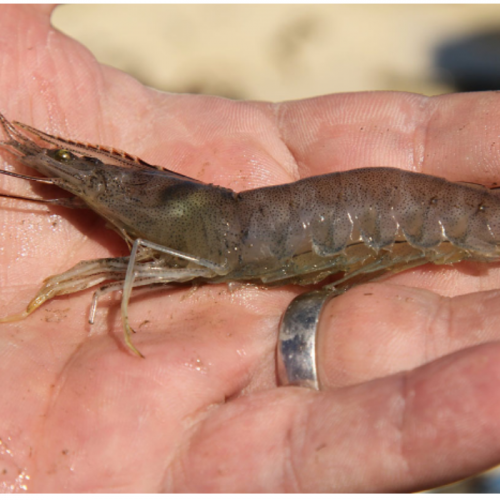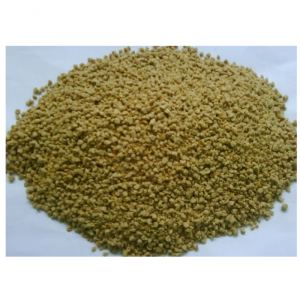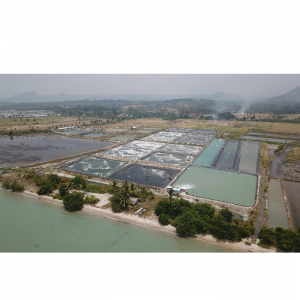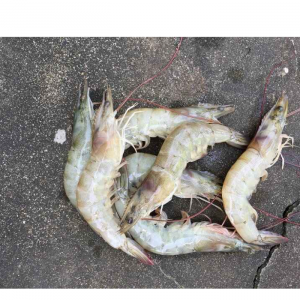
Found a Way to Improve Water Quality and Shrimp Yield
| Fri, 14 Jan 2022 - 18:15
Supplementing with the microalgae T. pseudonana (Thalassiosira pseudonana) can significantly improve water quality, control Vibrio pathogens, and promote shrimp growth, according to a new study just published in the journal Aquaculture.
Environmental pollution and diseases (caused by viruses and bacteria) are the biggest challenges that shrimp farmers often face. Some experts have suggested adding microorganisms and microalgae to improve water quality and control pathogens instead of chemical agents.
Microalgae have the ability to remove nitrogen and phosphorus in the aquatic environment naturally, and at the same time produce extracellular compounds (eg, tropodithietic acid) that inhibit the growth of Vibrios and many other pathogens. In addition, microalgae also gives good efficiency when used to treat aquaculture wastewater and reduce pollution in the surrounding environment.
Thanks to the composition containing many minerals, lipids and essential amino acids, microalgae is also an ideal food to help fish, molluscs, and crustaceans enhance their survival and growth.
Read more: How Plankton Management Can Help Reduce Vibrios
The study was conducted on post-larval vannamei shrimp (with uniform size and no disease) divided into 3 groups. The control group was reared in three concrete tanks with size 6 x 5 x 1.6 m filled with seawater at stocking density of 250 fish/m3 for 84 days.
The other two groups (experimental group) were reared in six other tanks with the same size, density and time, but added some types of microalgae instead of seawater. Specifically, one group was fed with the microalgae N. oculata (Nannochloropsis oculata) – at stocking density of 10 × 10 4 ~ 80 × 10 4 cells/mL; the other group was fed with microalgae T. pseudonana (Thalassiosira pseudonana) with similar drop density.
The monitoring results showed that shrimp in the two experimental groups (microalgae cultured) achieved significantly higher survival and growth rates than the control group, besides the water quality also improved markedly. In which, the most favorable indicators belonged to the group fed with microalgae T. pseudonana.
The addition of T. pseudonana has helped the concentration of ammonia, nitrite, nitrate, orthophosphate, etc., and the suspended solids content in the water to be regularly maintained at a low level, not to mention it also helps to regulate the pH and increase the amount dissolved oxygen (DO). In addition, the very low concentrations of Vibrio – in the water and in the sediment at the bottom of the tank – also suggest that T. pseudonana is effective in controlling the growth of many pathogens.
Read more: Methods of Controlling Vibrio in Shrimp Ponds
And yet, shrimp fed with T. pseudonana also achieved an impressive growth rate (1.49 ± 0.056g/week) and feed conversion ratio (1.42 ± 0.023) – giving an overall 25% higher yield than the control group.
In the future, the authors suggest that more in-depth studies should be done on the biomass rate of microalgae in the aquaculture environment, or the impact of sunlight on their photosynthetic properties, etc.
Source: tepbac.com






















